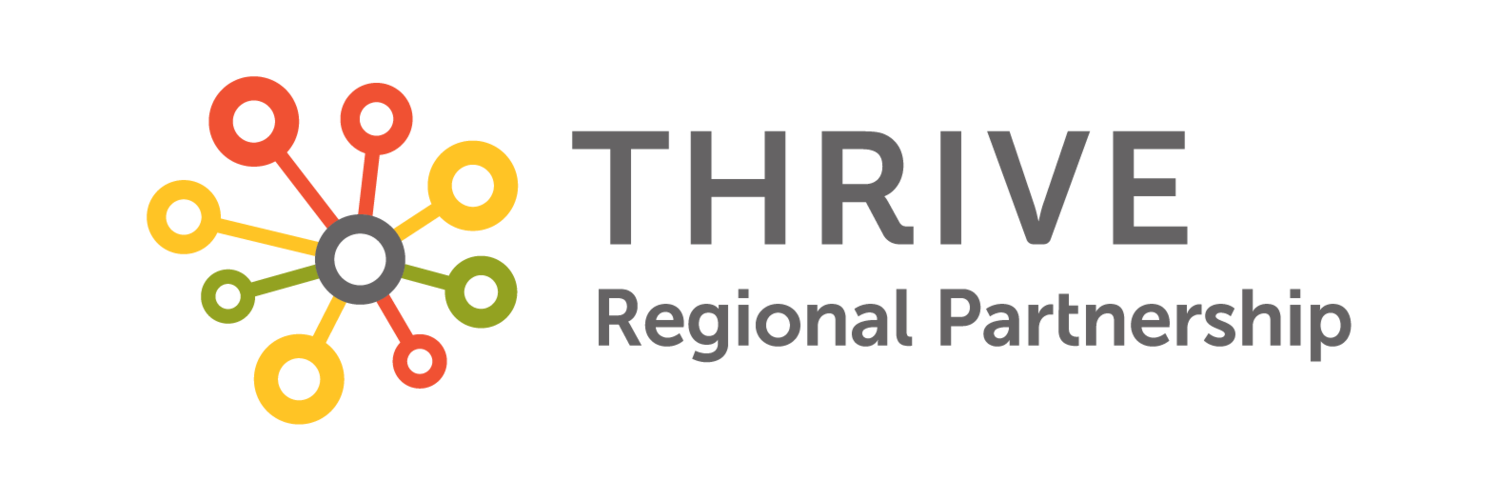It’s 2021, and over the past two decades, we’ve come a long way in the world of technology. In 2000, we were using flip phones and answering machines. Now, we have some of the smartest devices in the world. Even with all of the advancements we’ve made over the past 20 years, we still have many strides to take to achieve digital equity.
At Thrive, our footprint covers 16 counties in the greater Chattanooga region. Even though Chattanooga has what many consider to be the greatest internet in the world, thousands of residents in the surrounding counties have very limited or zero access to broadband internet. Prior to 2020, we knew we had a problem, however, the coronavirus pandemic helped us see how massive the digital divide is in our region. Through our Regional Broadband Alliance, we are building consensus around this issue with a goal to make affordable, reliable broadband available to everyone.
Recently, The National Digital Inclusion Alliance (NDIA) released its definition for Digital Inclusion Ecosystem. They defined this concept as “a combination of programs and policies that meet a geographic community’s unique and diverse needs.” Our goal is for the communities within our footprint to all have a Digital Inclusion Ecosystem. In order to achieve this, NDIA says a community must meet the following indicators:
Existence of programs and policies addressing all aspects of the digital divide
Affordable and subsidized broadband service options that meet the community’s needs
Affordable and subsidized device ownership programs that meet the community’s needs
Multilingual digital literacy and digital skill trainings that meet the community’s needs
Hardware and software technical support
Digital navigation services to guide residents to the above services
Collaboration: Entities providing local digital inclusion services, policymakers, advocates, social service providers, and community leaders co-create solutions in partnership with the community.
One of the main issues blocking the progress of communities reaching this status is that the data put out by the Federal Communications Committee(FCC) is incomplete. We covered this subject in depth in our blog The Reality of Broadband Coverage. The FCC’s data may show that an entire area has access to broadband, when in reality that access may be very limited or non-existent.
Our recent broadband asset inventory project with the Sewanee Summer DataLab is a start to collecting information about digital access in our region and the stakeholders engaged in expanding access. We still have a lot of work to do, and we’re up to the challenge. Learn more about Thrive’s Regional Broadband Alliance, how you can participate, and build a strong Digital Inclusion Ecosystem in your community.

